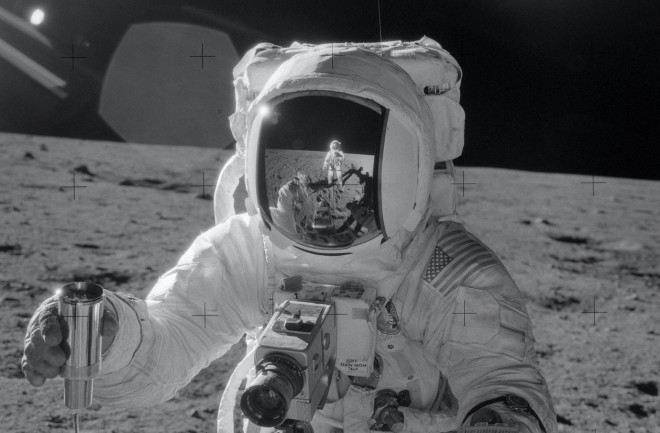Hey there! Want to read more fascinating stories like this one? Well, you’re in luck! This article was originally featured in our Jan/Feb 2023 issue under the title “First Plants Grown in Lunar Soil.” If you want to stay up-to-date with the latest news, click here to subscribe!
In a groundbreaking discovery reported last May, scientists at the University of Florida’s Space Plants Lab in Gainesville managed to successfully grow plants in moon soil for the first time ever. A group of twelve Arabidopsis thaliana plants sprouted and thrived, all in just a few teaspoons of lunar regolith – the dusty material that blankets the moon’s surface. This surprising feat left the researchers astounded.
According to Rob Ferl, who co-directs the lab alongside fellow horticultural scientist Anna-Lisa Paul, the initial surprise was how these plants managed to germinate at all. Lunar regolith is rugged and jagged, making it seemingly inhospitable for plant growth. Nevertheless, the plants proved resilient and emerged against all odds.
Another surprise awaited the researchers during the growth process. The plants displayed stunted growth and signs of stress, a striking contrast to their counterparts grown in Earth’s soil. Genetic analysis shed light on this disparity by revealing that the lunar-grown plants had to activate specific genes to adapt physiologically to their unique environment. Although outwardly healthy, the plants had to undergo significant internal adjustments.
Little research has been conducted on the biological implications of moon soil due to a significant obstacle – plants alter the composition of the soil they are grown in, thereby contaminating any samples. Anna-Lisa Paul explains that introducing air and moisture to regolith initiates structural changes. Consequently, the opportunity to conduct thorough biological studies has been limited until now.
This experiment shed light on the potential of using regolith for cultivating crops on the lunar surface. It also offered valuable insights into the intricate relationship between plants and extraterrestrial soil. In the future, this knowledge will prove invaluable for missions to the moon, Mars, or other celestial bodies, as researchers can now search for characteristic traces that indicate the presence of plant life.
Excitingly, Ferl notes that their laboratory now harbors samples from the moon that have been influenced by biological activity. This opens up a plethora of possibilities for further explorations and discoveries. So, what are you waiting for? If you’re already a subscriber, keep reading for only $1.99! Otherwise, make sure to subscribe or log in to gain access to endless captivating stories.
